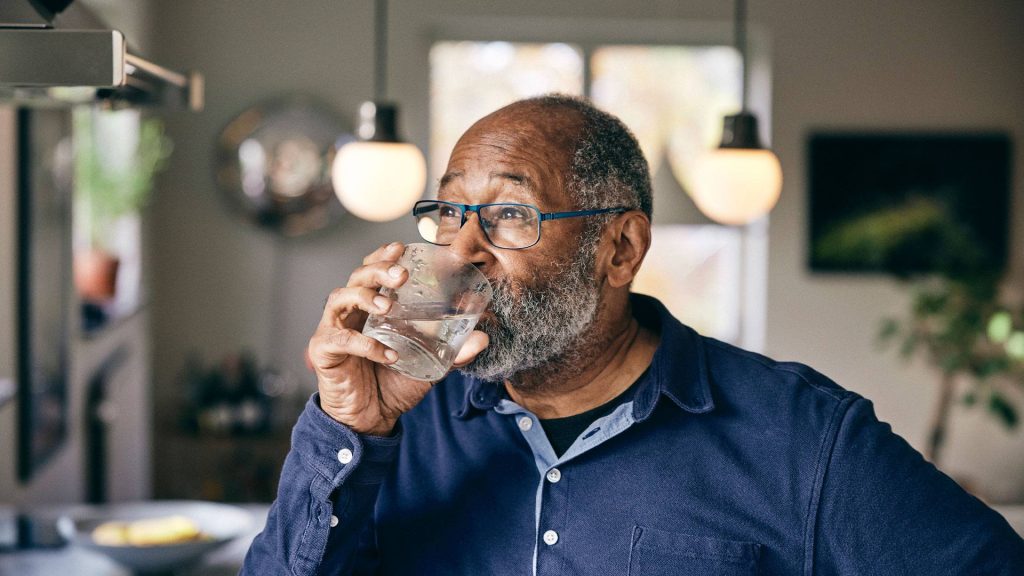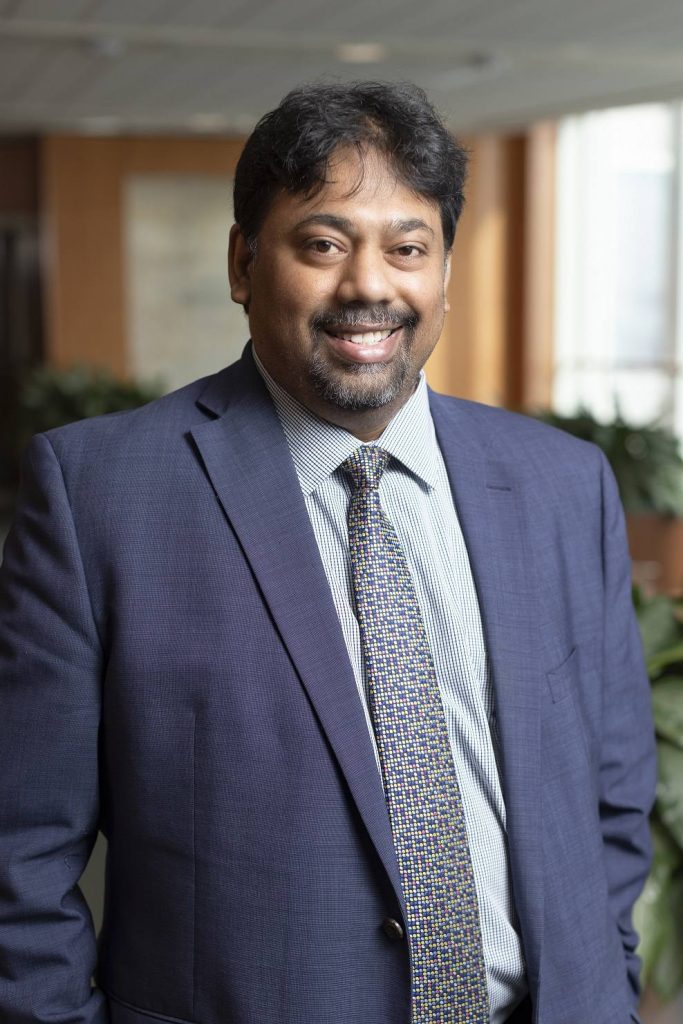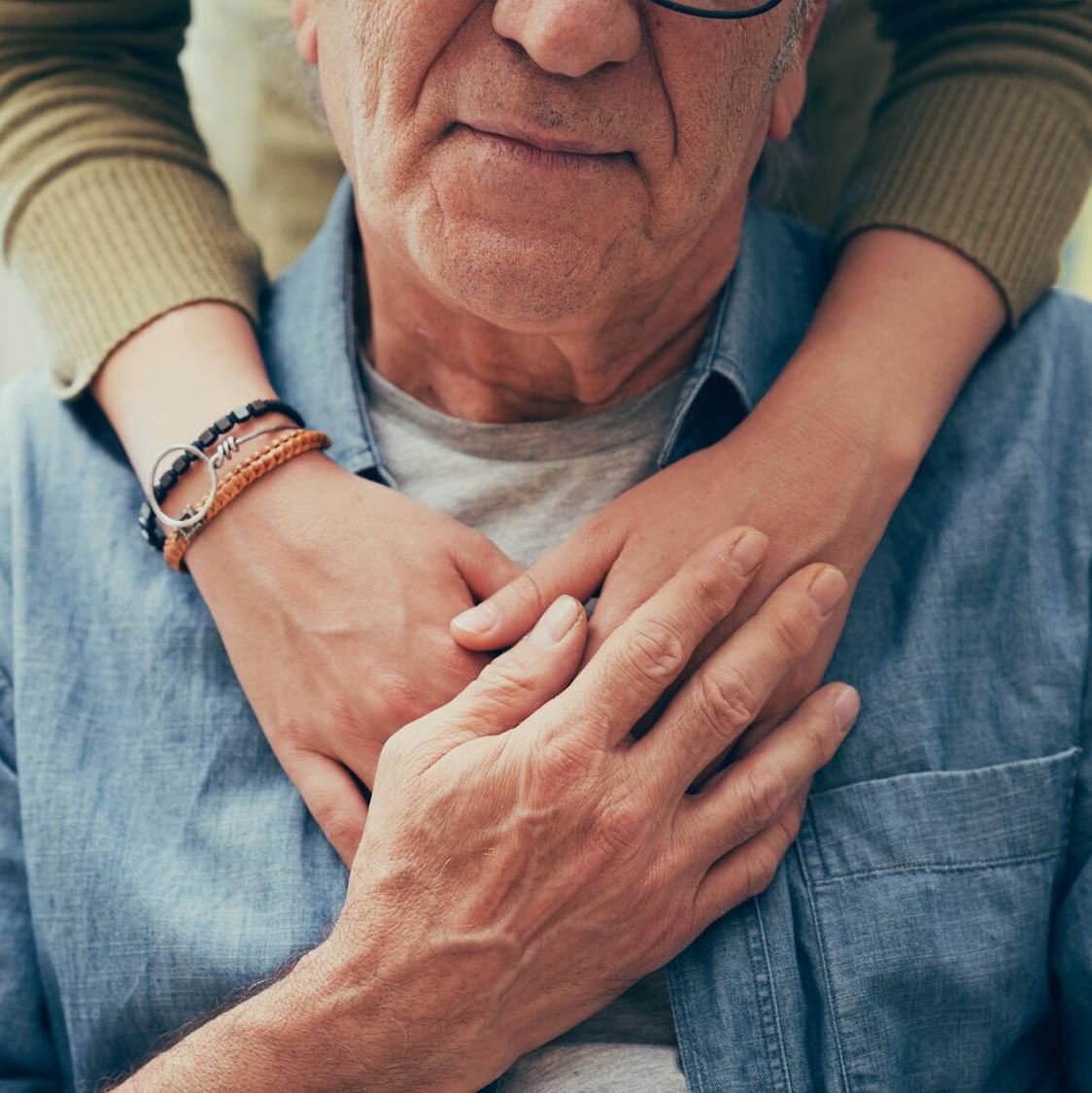-
Mayo Clinic researchers develop first salivary gland regenerative biobank to combat chronic dry mouth

ROCHESTER, Minn. — Millions of people are affected by chronic dry mouth, or xerostomia, an agonizing side effect of damaged salivary glands. While chemotherapy and radiation treatment for head and neck cancer are the most common causes of this, aging, certain medications and other factors, including diabetes, stroke, Alzheimer's disease and HIV/AIDS, can also cause chronic dry mouth. Currently, there is no cure for it.
Mayo Clinic researchers have established the world's first biobank of human salivary gland tissue-organoids that opens the door to research to find a cure.

"This unique biobank resource overcomes a major barrier we've faced in the field, namely: limited access to standardized salivary specimens suited for salivary gland regeneration research. This collection provides a foundation for regenerative therapy development, especially for radiation-induced chronic dry mouth," says Nagarajan Kannan, Ph.D., lead author of the study published in NPJ Regenerative Medicine. Dr. Kannan is also the director of the Mayo Clinic Stem Cell and Cancer Biology Laboratory.
Nearly 70% of patients with head and neck cancer who are undergoing radiation therapy experience permanent damage to their salivary glands. People with this condition experience diminished quality of life from a constant feeling like cotton is lining their mouths. Besides being uncomfortable, chronic dry mouth can lead to difficulties with chewing, tasting, speaking and swallowing. It also can cause tooth decay.
"Chronic dry mouth can extend long after radiation treatments are complete. It's among the top concerns I hear from patients with head and neck cancer. Unfortunately, there aren't many therapeutics available commercially for these patients," says co-author Jeffrey Janus, M.D., an ear, nose and throat specialist at Mayo Clinic in Florida.
One promising avenue of research is the cultivation of rare regenerative cells to greater numbers that can help people someday heal and grow new, healthy salivary gland cells. The biobank consists of specimens collected from 208 donors. From this repository, researchers have already found biomarkers for mature, saliva-producing cells, and with the help of a high-resolution protein map, they have identified the potential tissue origin of rare, self-renewing salivary cells.
The research team also developed a radiation injury model, which paired with the biobank, provides an integrated platform to discover new, personalized regenerative biotherapeutics.
This is a collaboration between Mayo Clinic Center for Regenerative Biotherapeutics, Department of Laboratory Medicine and Pathology and Department of Otolaryngology.
Review the study for a complete list of authors, disclosures and funding.
###
About Mayo Clinic
Mayo Clinic is a nonprofit organization committed to innovation in clinical practice, education and research, and providing compassion, expertise and answers to everyone who needs healing. Visit the Mayo Clinic News Network for additional Mayo Clinic news.
Media contact:
- Kelley Luckstein, Mayo Clinic Communications, newsbureau@mayo.edu







